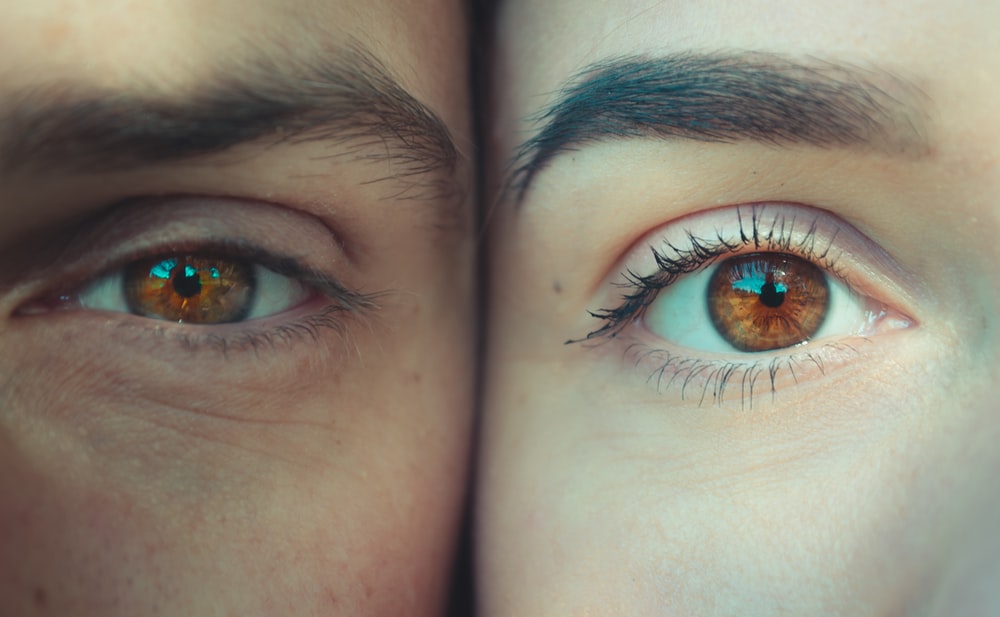
There is great power in the hands of a plastic surgeon. When he practices his art, he has the incredible ability to enhance his patient’s appearance and lift their self-esteem. But, as the Biblical wisdom tells us, “A lot will be expected from everyone who has been given a lot.” We don’t expect anything less than perfection from our plastic surgeon and such is the case for surgeons who administer Botox injections. Given that Botox is a non-invasive, relatively simple procedure, we tend to anticipate looking near-perfect afterward. However, as with any medical procedure, there is always a chance of unforeseen complications or unsatisfactory results. With Botox, one of the most dreaded side effects a patient may be left to deal with is eyelid ptosis, also known as droopy eyelid.
What is eyelid ptosis?
Eyelid ptosis is the abnormally low position of the upper eyelid. While most cases of ptosis are caused by underlying medical conditions, some are due to a rather unsuspected culprit: Botox. How and why does this happen?
Botox, or Botulinum Toxin, is injected to intentionally cause temporary muscular paralysis. Most of the time, this paralysis will stop wrinkle-making muscles from contracting, largely eliminating future wrinkles and creases. But, unfortunately, doctors do not have complete control over where the Botox goes once injected under the skin. In very rare circumstances, Botox can migrate to other muscles of the face. If the Botox touches one of the levator palpebrae muscles (the “garage door openers” of the eyes), it will interfere with the ability to open the eyelids, thus creating the eyelid ptosis.
Why does ptosis happen after Botox?
Ptosis can be due to a slight error in calculating where to inject the Botox, or when Botox travels along the anatomical planes and reaches the eyelid muscles. The muscles in the area are oftentimes in very close proximity to each other making it exceedingly difficult to avoid this unwanted side effect. Here is where experience and expertise counts. Thankfully, for doctors who have fully mastered Botox injections, the rates of ptosis are very rare. But, those injectors who are just in the beginning of perfecting their craft will have a higher chance of developing these complications.
How long does ptosis last?
The good news is that since the effects of Botox are temporary, so is ptosis. While Botox lasts for 3-4 months, ptosis usually will only last for several weeks. Most cases of eyelid ptosis self-correct far quicker than the forehead wrinkles reappear. Also, there are eyelid drops that can be administered to the affected eye to reduce or completely eliminate ptosis. One would have to put those eyelid drops in 2-3 times a day in order to see continuous improvement for the duration of the ptosis.
For most people, it could be quite scary to contemplate the possibility of a droopy eyelid after a Botox injection. However, given the great rejuvenating benefits of Botox and the small chance of developing this complication when performed by a qualified physician, patients can feel confident that the benefits far outweigh the risks.
For the quality assurance of a double board-certified facial plastic surgeon, look no further than NYC’s favorite Dr. Konstantin Vasyukevich. If you’re interested to find out more about Botox and if it could be right for your beauty needs, you can schedule a consultation at his Manhattan-based practice, contact us today!